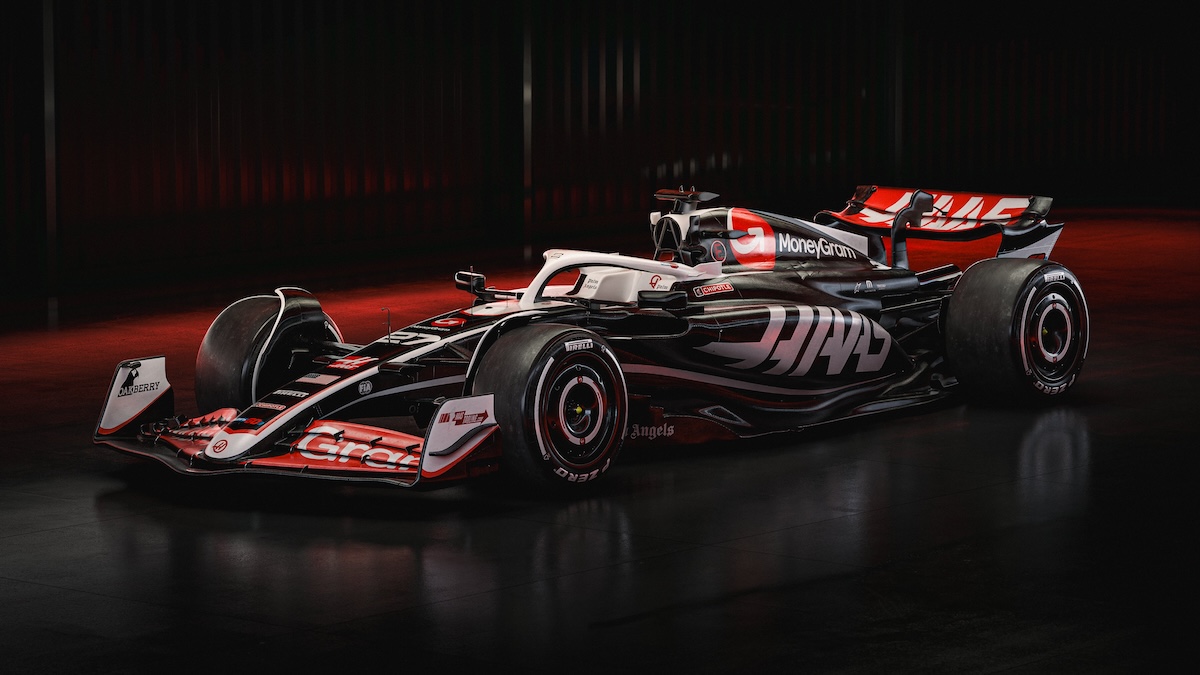New team principal Ayao Komatsu says Haas expects to still be at the back of the grid at the Bahrain Grand Prix because it lost so much development time with the VF-24 (pictured above).
Haas had a quick car in qualifying last year but was struggling for race pace, and opted to follow the widely adopted Red Bull concept of aerodynamic package in the latter half of the year. A major upgrade was introduced at the United States Grand Prix at Circuit of The Americas that ultimately didn’t improve car performance, and while Komatsu says that provided valuable data he also points to the impact it had on work for the 2024 car.
“Out of the gates in Bahrain … I still think we’re going to be towards the back of the grid, if not last,” Komatsu said. “Since I’ve become team principal, I’ve spent a lot of time talking to managers — both in the UK and Italy — and they’re excited because it’s an opportunity to improve and there are areas of improvement everywhere.
“The reason our launch-spec car is not going to be quick enough in Bahrain is not because of the quality of the people we have here, but it’s because we started late and then we stopped for two months to do the Austin upgrade. It really diverted resource, so we lost time there, but the team is finding good gains in the wind tunnel so that’s positive and in terms of characteristics, it’s going in the right direction.”
[lawrence-auto-related count=3 category=1388]
In explaining his hopes for how car development will move Haas forward during the season, Komatsu was critical of how the team’s upgrade plans have been handled in the past.
“The focus is to have a good test program for Bahrain so that we come away from the test having quality data for the team to analyze and understand which direction to develop the car. This means understanding the strength and weakness of the VF-24 accurately, then put a coherent plan together to produce updates on the car, which hasn’t happened previously.
“Drivers will play a stronger role too. Last year, in terms of subjective feedback from drivers, their understanding of what the weakness of the car was clear; however, we weren’t then able to reflect that in our car development program. With the changes we made in the team, we aim to address this issue with our drivers more in the loop of development paths so that nothing gets lost.
“As engineers we have all the data from many sensors, but the one thing we can’t do is drive the car and feel what’s going on. So, we’ve got to be able to understand and react to drivers’ feedback better.”
